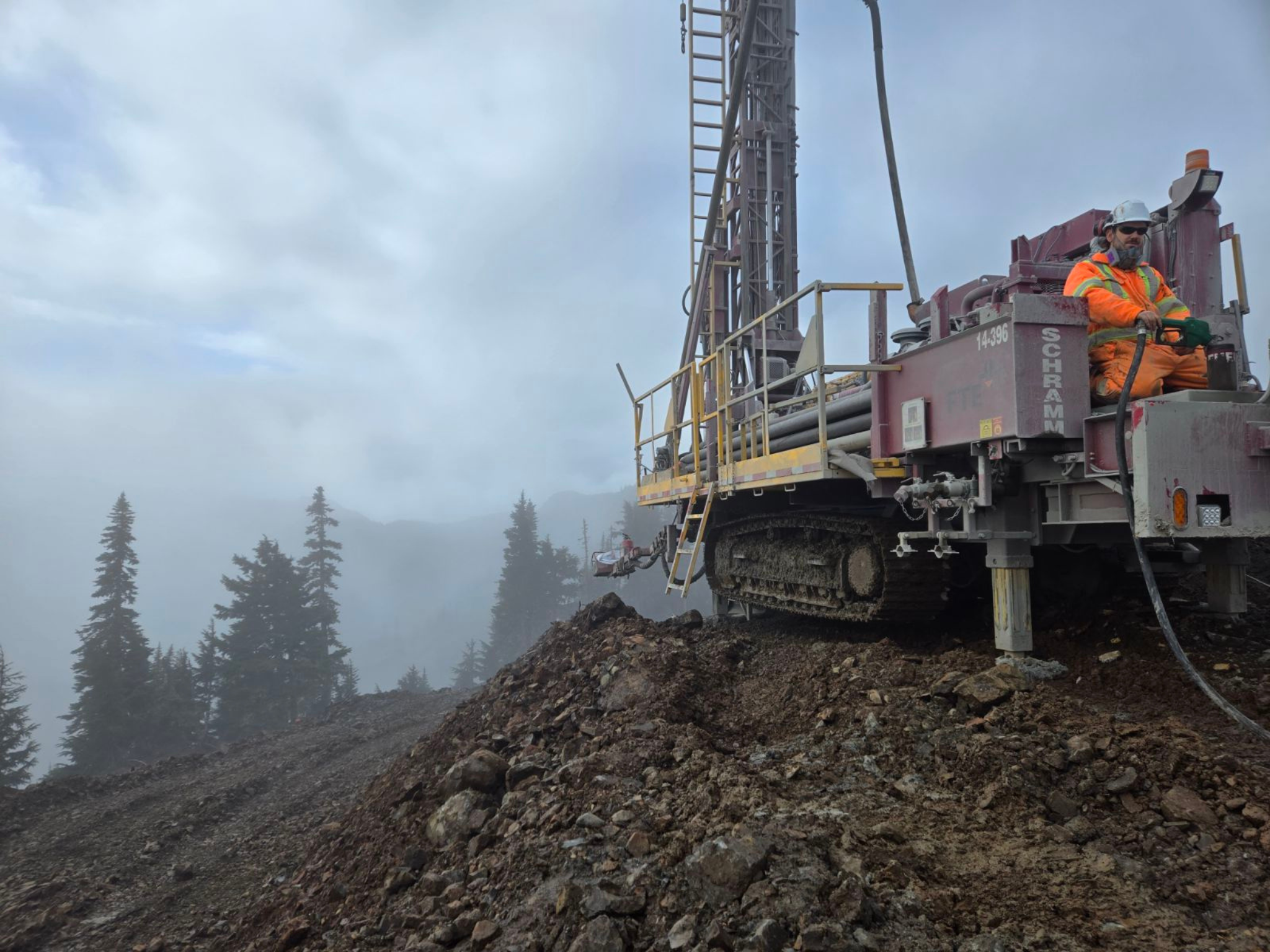
Measurement instruments are essential in drilling operations, ensuring both precision and efficiency. To obtain reliable data and facilitate informed decision-making, it is crucial to use advanced measurement tools.
Here is an overview of the most commonly used measurement instruments in the drilling industry.
1.Inclinometer
The inclinometer, also known as a “tilt sensor,” is a fundamental instrument for measuring the inclination angle of a borehole relative to the vertical. This tool helps determine the orientation of the drill head, ensuring that the borehole is drilled according to the required specifications. The inclinometer is particularly useful in directional drilling, where operators need to drill inclined wells or reach specific targets. By providing precise data on the inclination, this instrument helps optimize drilling trajectories.
2.Deviation Probe (Gyroscope)
The deviation probe, often using gyroscopic technology, is essential for measuring the exact direction and position of the drill. Unlike the inclinometer, which only measures the angle, the deviation probe determines the full three-dimensional trajectory of the borehole. This tool is especially useful in directional drilling, where controlling the direction is crucial. By enabling precise orientation, the deviation probe helps achieve specific geological objectives and reduces the risk of costly errors.
3.Pressure Sensors
Pressure sensors play a key role in monitoring pressure conditions at the drill head and within the borehole itself. These instruments detect pressure fluctuations in the drilling fluid, helping to prevent pressure surges (known as water hammer) or other hazardous events. Excessive pressure can lead to an uncontrolled blowout, while insufficient pressure can cause a borehole collapse. Thanks to these sensors, operators can adjust drilling parameters in real time, ensuring the safety of operations.
4.Measurement While Drilling (MWD) System
The MWD system is one of the most advanced and comprehensive technologies used in modern drilling. This system measures various parameters in real time, such as inclination, direction, pressure, temperature, and drilling speed. With sensors installed near the drill head, the MWD transmits this data to the surface via electromagnetic signals or pulses through the drilling fluid. This allows operators to instantly adjust the drilling process to maximize efficiency and minimize risks. The ability to receive real-time data transforms drilling operation management, making teams more responsive and effective.